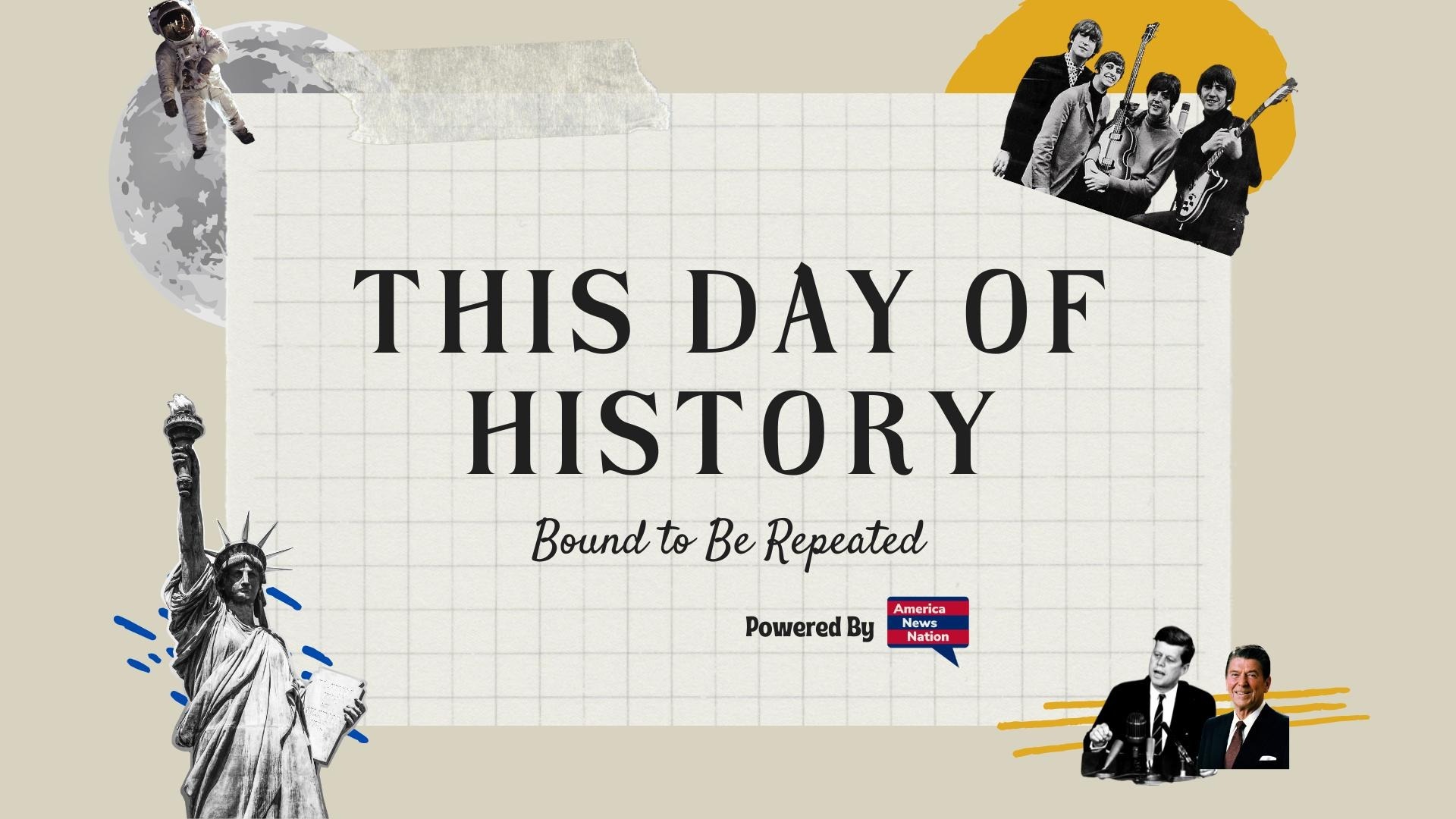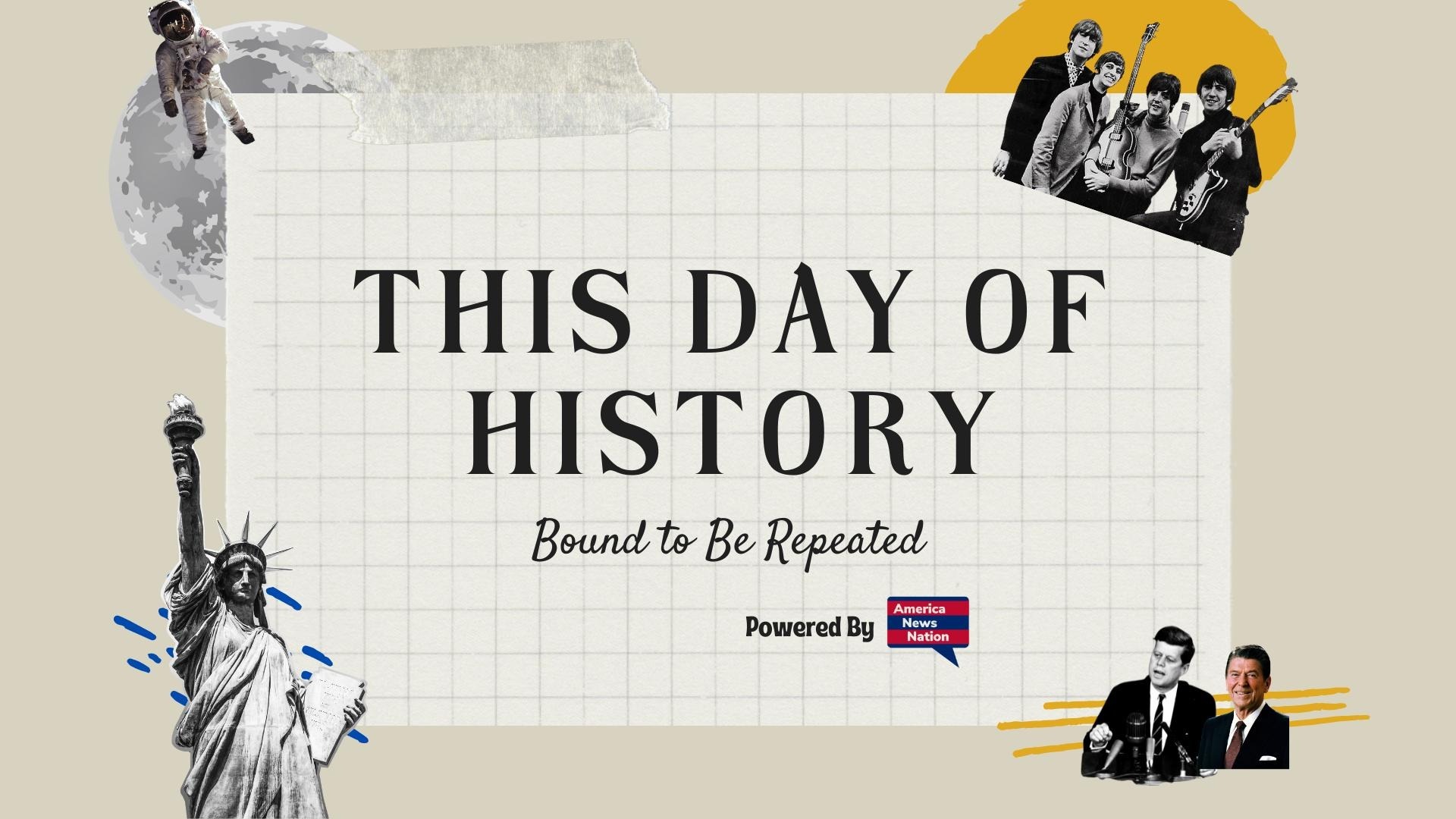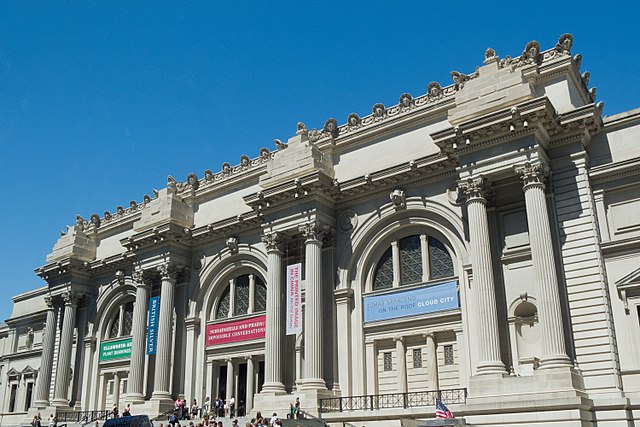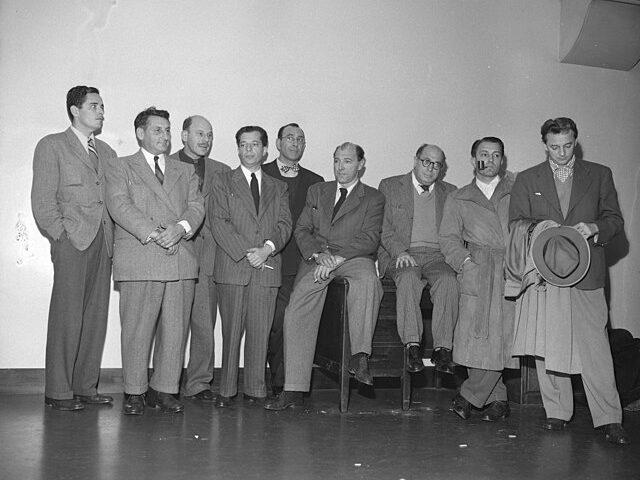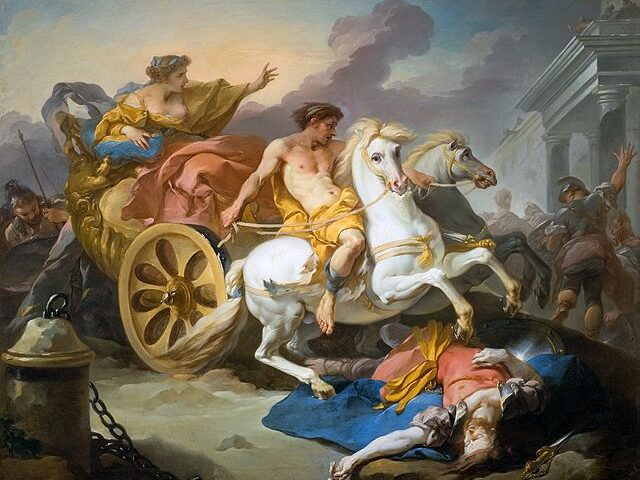On April 13, 1870, the New York State Legislature officially approved the charter to establish the Metropolitan Museum of Art. This pivotal moment marked the beginning of what would become one of the most influential cultural institutions in both the United States and the world. The Museum was the brainchild of a group of American civic leaders, artists, and intellectuals—including lawyer John Jay (grandson of the Founding Father), publisher George P. Putnam, and painter Eastman Johnson. Their vision embodied the cultural ambitions of a post-Civil War America, seeking to create a public institution that could rival Europe’s great art collections.
The Museum’s charter outlined its purpose: to be located in New York City and serve as a museum and library of art, promoting the study and appreciation of fine arts and their application to everyday life. This mission reflected a distinctly American ethos. The founders aimed not only to display beautiful art but also to educate the public, improve cultural taste, and foster a sense of national identity through artistic engagement. This was a bold initiative in a nation still recovering from the trauma of civil war, and in a city whose cultural institutions lagged behind those of London, Paris, or Rome.
The Met began modestly in 1871 with just 174 European paintings and a Roman sarcophagus. However, it grew quickly, driven by private donations, civic support, and an elite class eager to legitimize American culture. The Museum first opened in 1872 in a townhouse at 681 Fifth Avenue but soon needed a larger space. By 1880, it had moved to its current home in Central Park. While the land was city-owned, the building—designed in the High Victorian Gothic style—was funded privately, reflecting the Met’s blend of public mission and private patronage.
The Museum’s creation was deeply tied to the broader transformations of the Gilded Age—a period of rapid industrialization, wealth accumulation, and widening inequality. Wealthy figures such as J.P. Morgan, Henry Gurdon Marquand, and Robert Lehman contributed not only financial support but entire art collections. Their motivations often extended beyond personal passion, serving to demonstrate social prestige and align themselves with European cultural traditions.
Despite these elite influences, the Met was never intended to be exclusive. From the outset, its founders emphasized public accessibility. The Museum welcomed visitors early on and later adopted free admission policies, reinforcing the idea that art should serve as a democratizing force. The Met evolved into a center for education, a guardian of world heritage, and a symbol of New York’s rise as a global cultural capital.
Over the years, the Museum’s mission and collection have expanded dramatically. Today, the Met holds more than two million works of art spanning 5,000 years—from ancient Egyptian artifacts and classical sculptures to Renaissance masterpieces, Islamic manuscripts, Chinese porcelain, and American folk art. It has added branches like The Met Cloisters in Upper Manhattan and formerly The Met Breuer, engaging in broader debates about curatorial ethics, provenance, and cultural representation.
What began in 1870 as an ambitious cultural endeavor has become a cornerstone of the American artistic landscape. The Metropolitan Museum of Art, with its mix of opulence and inclusivity, continues to reflect the evolving identity of the nation that built it—aspirational, diverse, and ever balancing public benefit with private influence.
